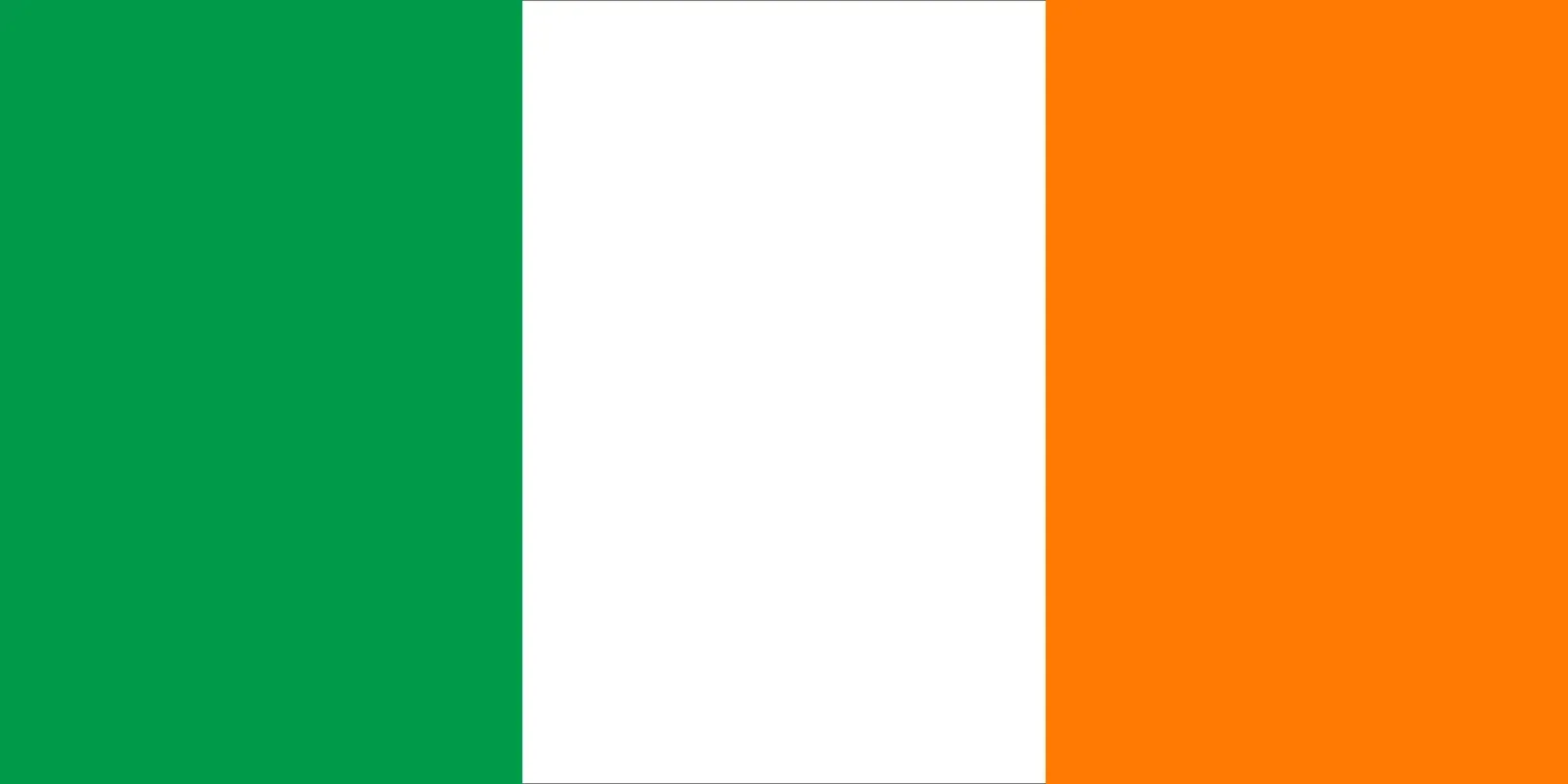Explore Ireland: Tips on Driving, Safety, and Culture

The capital of Ireland is Dublin, famous for its historic Trinity College, the Guinness Storehouse, and vibrant pub culture.
EU citizens don’t need a visa. US, Canadian, and Australian citizens can visit for up to 90 days visa-free. Other nationalities should check with the Irish Department of Foreign Affairs.
Ireland uses the Euro (€). Cards are widely accepted, but cash is useful in rural areas or small pubs.
Yes, Ireland is very safe for tourists. Crime rates are low, but petty theft can occur in busy areas like Dublin’s Temple Bar—stay vigilant.
English is the primary language. Irish (Gaelic) is also an official language, spoken in Gaeltacht regions like Connemara.
Ireland is known for its lush green landscapes, the Cliffs of Moher, Guinness beer, traditional music, and historic sites like the Rock of Cashel.
Spring (March to May) and autumn (September to November) offer mild weather and fewer crowds. Summer is popular but can be rainy.
Ireland can be pricey, especially in Dublin. Budget options like hostels, local pubs, and public transport can help manage costs.
Yes, tap water in Ireland is safe to drink, though it may taste slightly different in rural areas due to natural minerals.
Top spots include Dublin, the Cliffs of Moher, the Ring of Kerry, Galway, the Giant’s Causeway (in Northern Ireland), and Kilkenny Castle.
Ireland, an island nation in the North Atlantic, is renowned for its emerald landscapes and rich history. Dublin, the capital, boasts Trinity College and the Guinness Storehouse. The Cliffs of Moher offer stunning coastal views, while the Ring of Kerry provides scenic drives through rugged beauty. Galway’s vibrant culture and traditional music make it a must-visit, alongside historic sites like the Rock of Cashel.
Dublin Airport (DUB) is Ireland’s main hub, serving global flights. Other airports like Shannon (SNN) and Cork (ORK) offer additional international connections.